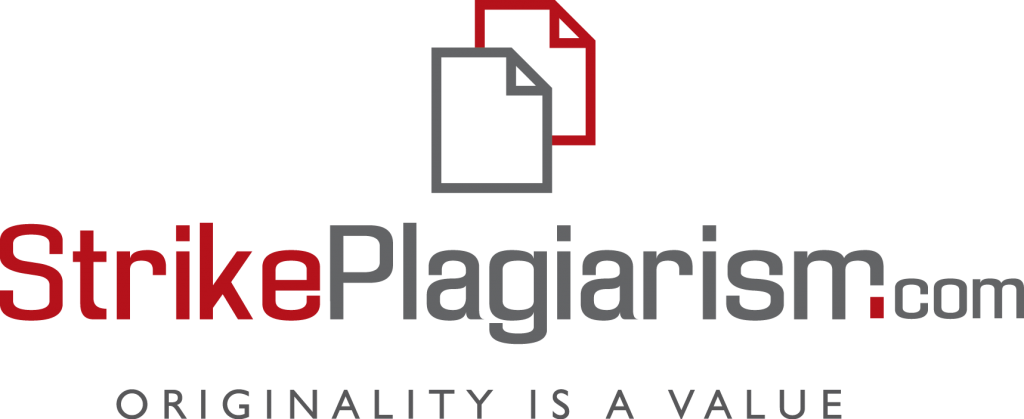DETERMINATION OF A RATIONAL TEMPERATURE AND SPEED REGIME FOR CASTING ALLOYED CHROMIUM STEELS
DOI:
https://doi.org/10.32782/3041-2080/2025-4-28Keywords:
chromium steels, hot cracks, casting temperature, casting speed, ingot crust, crystallization, surface defectsAbstract
The article explores the issue of minimizing surface defects in ingots of 15X and 20X alloy chromium steels during the casting process. Research has identified the prevalence of hot cracks as a significant defect, primarily attributable to the uneven cooling of the metal and the subsequent formation of weakened zones within the ingot. It is particularly vulnerable to such issues in the case of round ingots that have been formed using traditional casting methods and which have a low degree of heat dissipation. The influence of steel chemical composition, metal contamination with non-metallic inclusions, as well as temperature and casting speed on defect formation is analysed. Utilising mathematical modelling and established physical dependencies, the solidification of the metal crust within the mould was calculated. Research findings indicate that the thickness of the hardened layer is contingent on the casting time and thermal properties of steel. The most rational casting time for 15X and 20X grades was determined to be 8–10 minutes. The article sets out a series of criteria for determining the temperature-velocity regime at which the amount of heat supplied to 1 m2 of crust does not exceed the limits that contribute to the formation of cracks or pitting. The validity of the calculations was established during a series of pilot tests, in which the developed modes were integrated into the steel casting process. The experimental data confirmed the effectiveness of the calculated parameters, with a significant reduction in ingot rejects recorded due to a decrease in the number of cracks, films, and other defects. The proposed methodology has the potential to be utilised in the optimisation of the casting modes of other steel grades that contain elevated levels of chromium. The results obtained are of practical value for improving steel casting technology and increasing the yield of usable metal.
References
Honeycombe R., Bhadeshia H. Steels: Microstructure and Properties. Elsevier Science & Technology Books, 2024.
Choudhary S. K., Mazumdar D. Mathematical Modelling of Transport Phenomena in Continuous Casting of Steel. ISIJ International. 1994. Vol. 34, no. 7. P. 584–592.
Жароміцні сталі: причини виникнення тріщин. URL: https://metinvest-smc.com/ua/articles/zharoprochnye-stali-prichiny-vozniknoveniya-treshchin/ (дата звернення: 23.05.2025).
Modeling the formation of longitudinal facial cracks during continuous casting of hypoperitectic steel / J. Konishi et al. Metallurgical and Materials Transactions B. 2002. Vol. 33, no. 3. P. 413–423.
Węgrzyn-Skrzypczak E., Skrzypczak T. Numerical modeling of the solidification process with consideration of shrinkage cavities formation and the influence of solid phase content on the feeding of the casting. Journal of Applied Mathematics and Computational Mechanics. 2023. Vol. 22, no. 2. P. 75–86. DOI: https://doi.org/10.17512/jamcm.2023.2.07
John C. Complete Casting Handbook: Metal Casting Processes, Techniques and Design. Elsevier Science & Technology Books, 2011. 1220 p.
Кристалізація металів. Будова злитка. Stud.com.ua. URL: https://stud.com.ua/73674/tehnika/kristalizatsiya_metaliv_budova_zlitka (дата звернення: 22.05.2025).
Прокопович І. Металознавство : навчальний посібник. Київ : Академія, 2019. 312 с.
A. Field. Trans. Of American Soc Steel Treat. 1927. № 11.
Analysis of Internal Defects Appeared in the Continuous Casting / E. V. Stoian et al. Scientific Bulletin of Valahia University – Materials and Mechanics. 2018. Vol. 16, no. 14. P. 23–27. DOI: https://doi.org/10.1515/bsmm-2018-0005
Meng Y., Thomas B. G. Heat-transfer and solidification model of continuous slab casting: CON1D. Metallurgical and Materials Transactions B. 2003. Vol. 34, no. 5. P. 685–705.
Downloads
Published
Issue
Section
License

This work is licensed under a Creative Commons Attribution-NonCommercial 4.0 International License.





